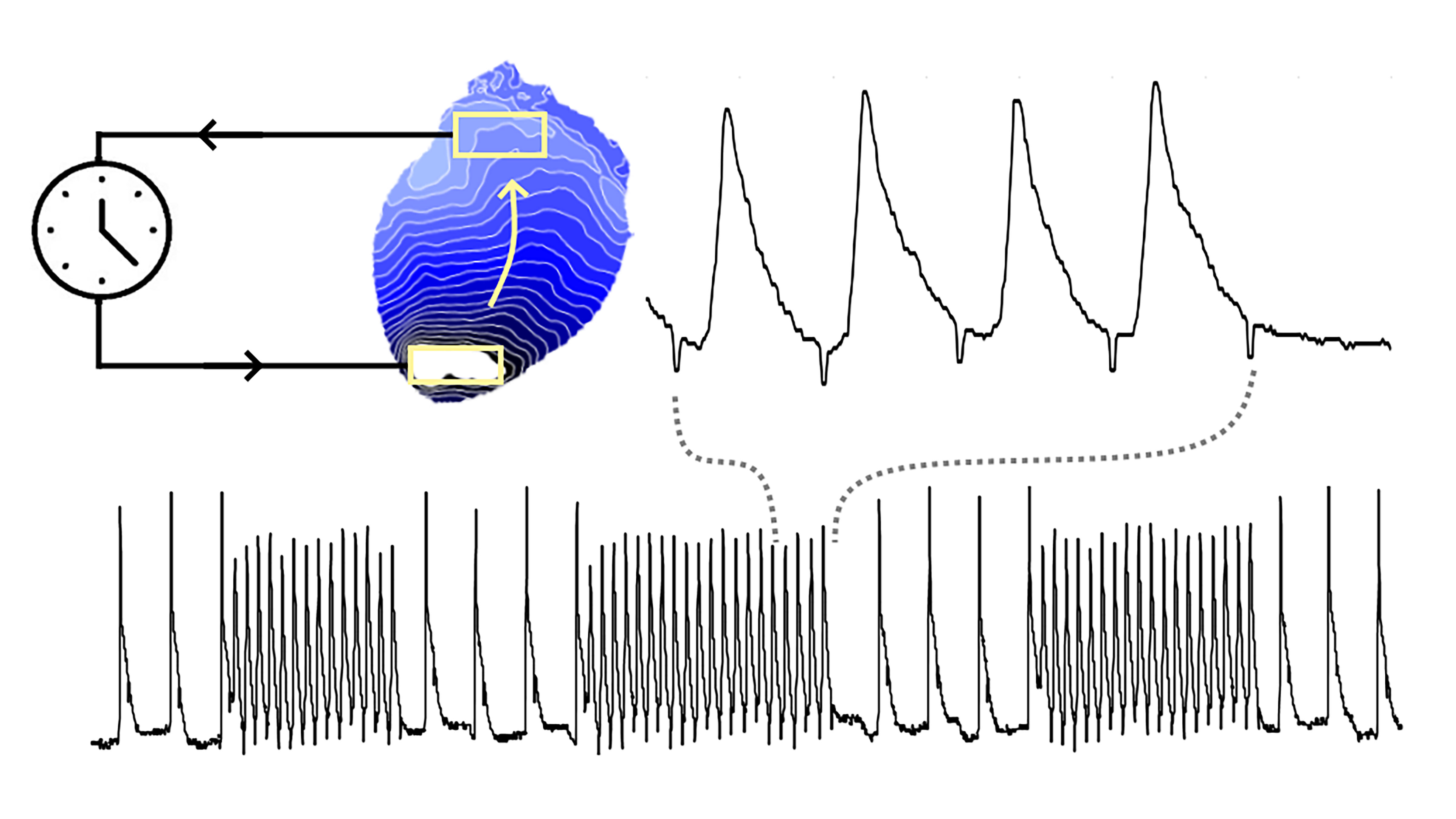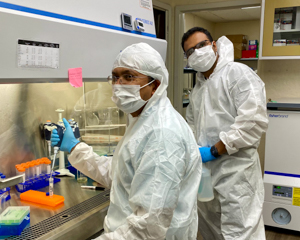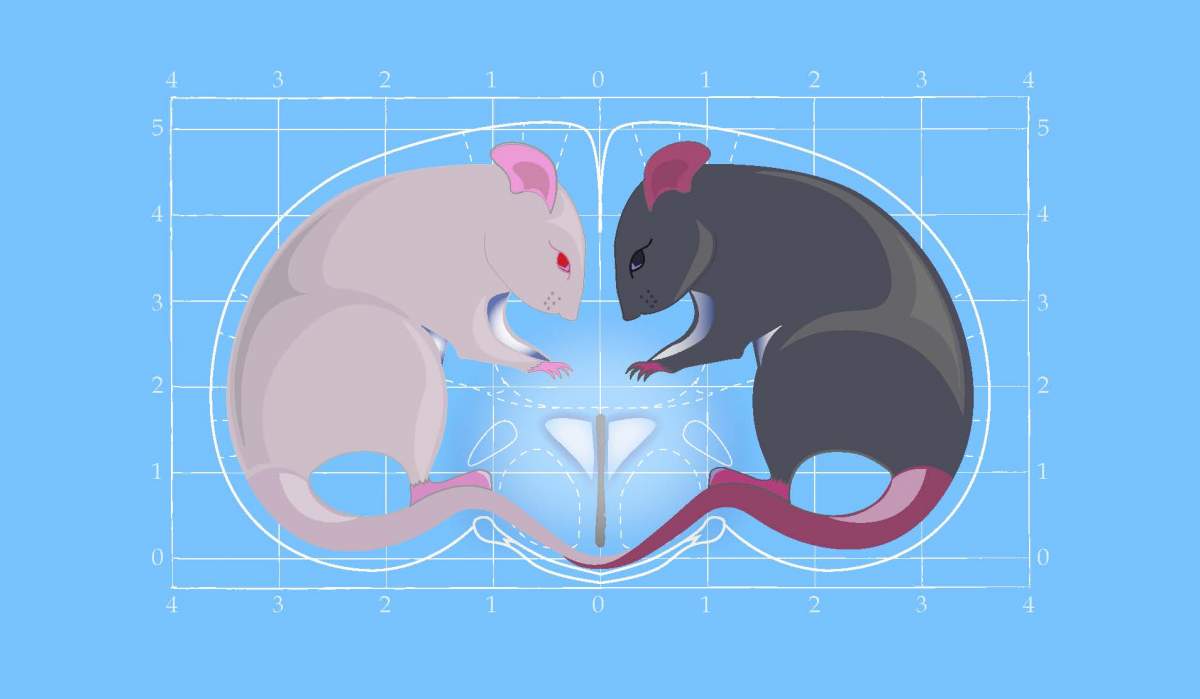New research suggests that a new kind of gene therapy can improve vision in people who have lost nearly all sight to retinitis pigmentosa.
Tag: Optogenetics
JMIR Neurotechnology Invites Submissions on Brain-Computer Interfaces (BCIs)
JMIR Publications is pleased to announce a new theme issue in JMIR Neurotechnology exploring brain-computer interfaces (BCIs) that represent the transformative convergence of neuroscience, engineering, and technology.
Conversations with plants: Can we provide plants with advance warning of impending dangers?
Imagine if humans could ‘talk’ to plants and warn them of approaching pest attacks or extreme weather. A team of plant scientists at the Sainsbury Laboratory Cambridge University (SLCU) would like to turn this science fiction into reality using light-based messaging to ‘talk’ to plants.
New neurological target to help people walk again after a spinal cord injury
People who have lost control of their legs following a spinal cord injury may walk again someday. A research team affiliated with Université Laval and the CHU de Québec-Université Laval Research Center has pinpointed a new neurological target that could improve the recovery of gait.
Can Spurring Neuron Growth in Adulthood Improve Cognitive Health, Mood?
UNC-Chapel Hill scientists boosted electrical activity between cells in the hypothalamus and the hippocampus to create new neurons – an important process called neurogenesis — in animal models.
Implantable Brain Device Relieves Pain in Early Study
A computerized brain implant effectively relieves short-term and chronic pain in rodents, a new study finds.
New tool activates deep brain neurons by combining ultrasound, genetics
A team at Washington University in St. Louis has developed a new brain stimulation technique using focused ultrasound that is able to turn specific types of neurons in the brain on and off and precisely control motor activity without surgical device implantation.
Weizmann Institute Optogeneticists Use Mosquito Rhodopsins to Boost Brain Research
The Weizmann Institute’s Prof. Ofer Yizhar and colleagues used mosquito rhodopsins to create an optogenetics tool that is more precise, selective, and controllable than current techniques. In addition to increasing our understanding of the brain and advancing the field of optogenetics, the technology could lead to improved therapies for neurological and psychiatric conditions.

Marine organisms use previously undiscovered receptors to detect, respond to light
Single-celled organisms in the open ocean use a diverse array of genetic tools to detect light, even in tiny amounts, and respond. The discovery of these new genetic “light switches” could also aid in the field of optogenetics, in which a cell’s function can be controlled with exposure to light.

Controlling Cardiac Waves with Light to Better Understand Abnormally Rapid Heart Rhythms
Over 300,000 people die each year in the U.S. due to sudden cardiac death. In many cases, sudden cardiac death is caused by abnormally rapid heart rhythms called tachycardias, which means the heart cannot pump adequate blood to the body. In Chaos, researchers use mice to study tachycardias and find there are intrinsic mechanisms that exist in heart tissue that they hypothesize lead to the self-termination of rapid cardiac rhythm.

Scientists use gene therapy and a novel light-sensing protein to restore vision in mice
A newly developed light-sensing protein called the MCO1 opsin restores vision in blind mice when attached to retina bipolar cells using gene therapy. The National Eye Institute, part of the National Institutes of Health, provided a Small Business Innovation Research grant to Nanoscope, LLC for development of MCO1. The company is planning a U.S. clinical trial for later this year.

What Does the “Love Hormone” Do? It’s Complicated
Weizmann Institute scientists and colleagues – including at the Max Planck Institute for Psychiatry – studied mice in a semi-natural setting and found that the hormone oxytocin can amplify aggression as well as friendliness.